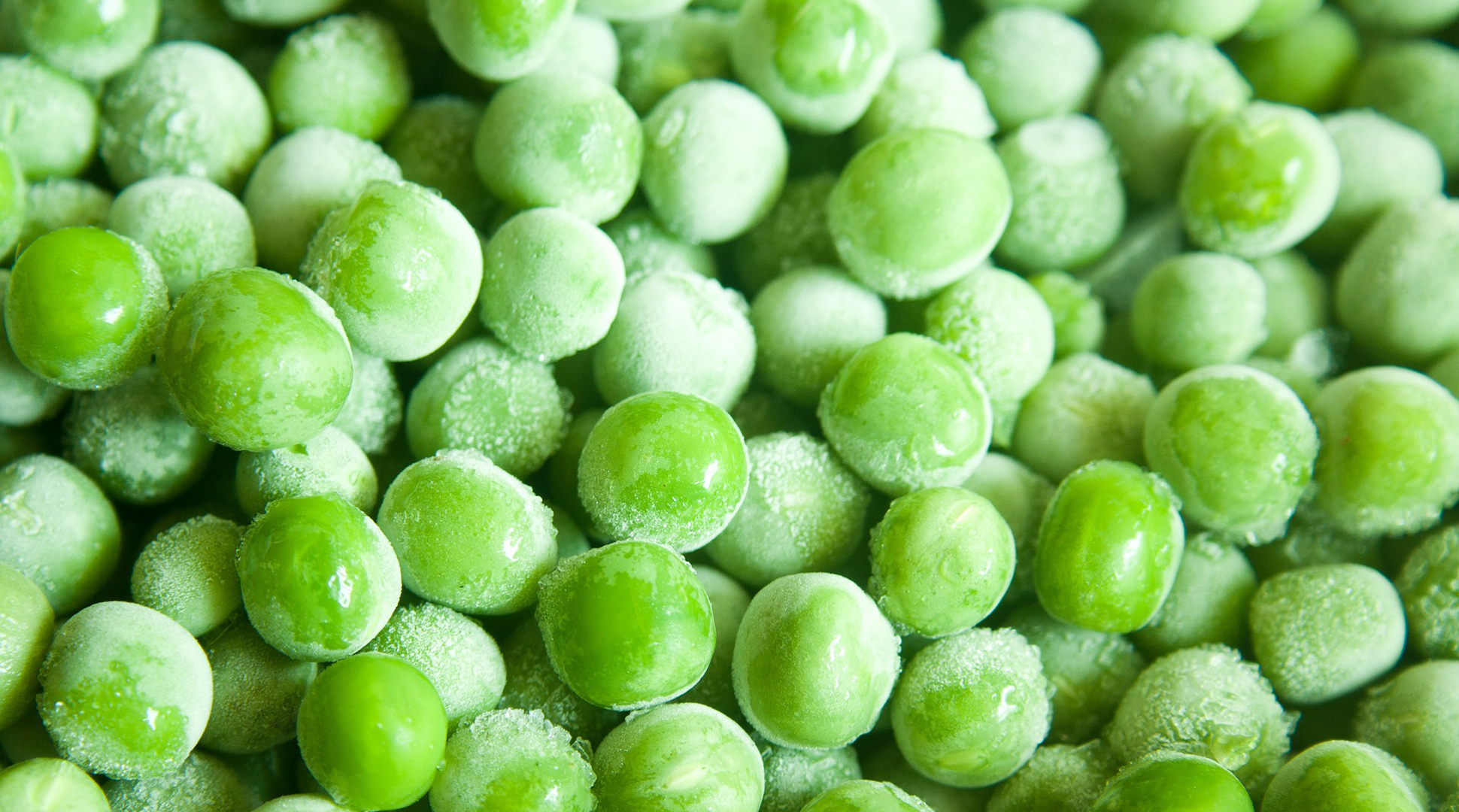Photo courtesy PDPics on Pixabay
By Julie Garden-Robinson, Food and Nutrition Specialist, NDSU Extension
"I have a question I've been meaning to ask you," a woman informed me one Sunday morning in church.
I took a sip of coffee and leaned closer to see if I had an answer. I figured her question might be about food because I know she reads my column.
"I have had some pumpkin bread in my freezer for about a year and I'm wondering if it is safe to eat," she continued.
"Yes, it will be safe," I responded. "The quality will depend on how well it was wrapped, though.
"How was it packaged?" I asked.
"It was wrapped in Saran wrap," she commented. "It probably will be dry and won't taste very good. I'm going to throw it."
She answered her own question.
I think I mentioned using freezer bags in the future. Freezer bags are made of a heavier plastic that protects food better than plastic storage bags or plastic wrap. If I didn't mention it, I know my column reader will see this.
I don't want her to have to throw away her delicious quick bread next time.
Food can become forgotten in freezers and then we might decide that we don't want to eat the food. Sometimes off-flavors or colors can develop if food is not packaged in air-tight packaging.
Improperly packaged meat and poultry tend to be the foods most likely to develop dry, grayish spots characteristic of "freezer burn." Although freezer-burned meat technically is safe to eat, you might not enjoy the off-flavors or colors that can develop.
If you buy extra meat, poultry or other foods, be aware that you can freeze it safely in the original packaging from the store. However, sometimes the store packaging is permeable to oxygen and the quality can decline quickly.
Vacuum-packaged frozen foods will maintain their quality longer. Vacuum packaging equipment is available for consumers to use at home.
If you have freezer-burned meat, you don't have to throw it away from a safety standpoint. Just cut away the "bad" parts. However, from a quality standpoint, your food may not taste very good.
Remember to always thaw meat in the refrigerator or microwave oven. Thawing meat on the counter or in the sink is not safe. Toxins can develop during improper thawing; even if you cook it thoroughly, you could become ill from improperly thawed meat.
What if you thawed some meat and your plans change? Can you refreeze it?
Technically, you can refreeze meat if it has been kept cold (40 F), but you might expect some quality loss. Be sure to package it properly to exclude air.
A good packaging material should have the following characteristics:
* Moisture/vapor-proof or at least moisture resistant
* Made of food grade material (designed to be used for food products)
* Durable and leak-proof
* Doesn't become brittle and crack at low temperatures
* Resistant to oil, grease or water
* Protect foods from off-flavors and odors
* Easy to fill and seal
* Easy to mark and store
We have a free food freezing guide available online, with information about freezing just about anything. It also includes wrapping techniques for packaging food. Visit https://tinyurl.com/NDSUFoodFreezingGuide. Click on "Download PDF" if you prefer a printable form.
We also have some ideas for quick bread mixes that you can layer in glass jars to create holiday gifts.
"Give the Gift of Joy With a Quick Bread Mix" is available at https://tinyurl.com/NDSUQuickBreadMix. It features Quick Herb Bread, Snickerdoodle Muffins, Cherry Chocolate Scones and Peanut Butter Bread. The recipes include printable gift tags with the recipe add-ins.
By the way, for best quality, use these dry mixes within six months. If you decide to make them and freeze them, use freezer bags or freezer containers.
Garden-Robinson, Ph.D, R.D, L.R.D., is a North Dakota State University Extension food and nutrition specialist and professor in the Department of Health, Nutrition and Exercise Sciences.
